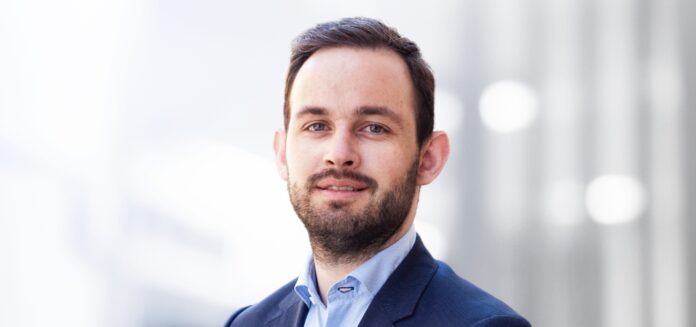Sondre Myge, head of ESG at Skagen Funds, delves into the intricacies of incorporating ESG principles into investment practices, highlighting the need for alignment with real-world economic conditions amid industry-specific challenges and client expectations.
Can you share insights into the challenges and experiences Skagen Funds has faced while incorporating ESG into its investment process since 2002?
Since 2002, Skagen Funds has developed its ESG framework in line with the industry but with a contrarian approach due to its active, value-investor style focused on bottom-up investments. This approach inherently differs from the more typical top-down ESG framework.
One of the critical challenges Skagen Funds has faced is the sense-making behind ESG data – understanding its importance and relevance to its stakeholders. Its concentrated portfolios often highlight that certain ESG variables are more financially relevant to companies and clients than what clients might focus on, such as carbon footprints. Skagen Funds has spent a lot of time educating and communicating with clients to ensure both speak the same language, even using different datasets.
How does Skagen Funds’ sustainable investment strategy build upon industry trends in ESG investing, and what advice would you give to other funds considering similar strategies?
Skagen Funds’ four-pillar framework, recently revised from three, reflects regulatory requirements and introduces more transparency in the integration stage of ESG at the fund and investment levels. This helps it provide granular, company-specific ESG insights and elucidates our philosophy behind the importance of ESG as an asset manager. This convergence is what I see as the future of ESG investing.
My advice to other funds is to establish a storyline that can coherently tell multiple stories, reflecting the interplay between ESG, financial risk and return. This approach helps to avoid the pitfalls of a binary perspective on sustainability and ensures a clear connection to the real economy.
Could you discuss the methodologies and criteria Skagen Funds employs for enhanced due diligence when evaluating the ESG performance of companies in high-emitting industries?
High-emitting industries are a significant focus for Skagen Funds and a primary concern for clients, particularly regarding addressing climate change. Rather than addressing it broadly across portfolios and industries where it might not be as financially material, Skagen Funds concentrates on industries where emissions are an integral part of production, albeit an unwanted necessity.
It also focuses on seven industries and twelve sub-industries, which encompass a substantial number of companies. In Skagen Funds’ case, that’s 70 out of 200 companies. While it doesn’t have fixed criteria, its approach is similar but dynamic and specific. It aligns methodology with the Transition Pathway Initiative, which Skagen Funds publicly supports. This initiative evaluates a combination of management commitments to transition, including net zero targets and interim targets, alongside a range of TCFD-specific requirements. These commitments are then benchmarked against actual carbon performance.
Sectoral decarbonisation pathways do the benchmarking. This means emissions aren’t always viewed the same way across different industries. For example, to understand the decarbonisation potential of the cement industry, Skagen Funds doesn’t measure CO2 in absolute numbers but rather about tons of clinker or CO2 per ton of clinker. Similarly, the auto industry will have its own specific variables.
This framework informs Skagen Funds’ assessment of a company’s transition pathway, which feeds into its traffic light system. There are six traffic lights: black, red, amber, grey, light green and dark green. This sum-of-parts analysis informs stewardship activities as an investor. In the integration stage, Skagen Funds hopes managers can use this detailed information to scale and bring it into stewardship activities, following the specific items it identifies to improve risk or seize opportunities over time.
Given your experience with the principles for responsible investment (PRI), how can the financial industry better integrate these principles into responsible investing practices?
At Skagen Funds, the team has advocated for a process that aligns with the realities of the real economy rather than idealistic views of what the economy should be. The initial iteration of ESG has focused heavily on this idealistic approach, attempting to shape portfolios to reflect a desired economic state. However, this approach can be challenged in situations such as an energy crisis, where traditionally non-ESG companies may outperform.
Clients are primarily concerned with returns, and rightfully so. Understanding ESG as a principle and a process rather than a product or outcome is essential. We can all establish carbon-free products on paper, but executing such strategies across various products can be highly challenging. While specialised strategies might be able to achieve this, the broader product range requires a focus on ESG as a process that enables risk management and returns over a longer horizon.
Moreover, adopting a thematic view of ESG can lead to portfolios that look significantly different from mainstream ESG strategies. These alternative portfolios might include carbon exposure, anticipating decarbonisation over time. This approach allows for real economic involvement in the transition rather than merely disinvesting. In essence, it’s not about the fund; it’s about enabling companies to transition towards more sustainable practices.
© 2023 funds europe





